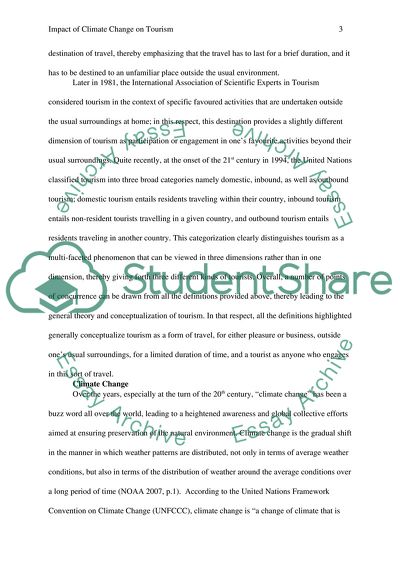Cite this document
(Impact of Climate Change on Tourism Coursework Example | Topics and Well Written Essays - 3000 words, n.d.)
Impact of Climate Change on Tourism Coursework Example | Topics and Well Written Essays - 3000 words. https://studentshare.org/tourism/1816796-contemporary-issues-title-impacts-on-tourism-from-climate-change
Impact of Climate Change on Tourism Coursework Example | Topics and Well Written Essays - 3000 words. https://studentshare.org/tourism/1816796-contemporary-issues-title-impacts-on-tourism-from-climate-change
(Impact of Climate Change on Tourism Coursework Example | Topics and Well Written Essays - 3000 Words)
Impact of Climate Change on Tourism Coursework Example | Topics and Well Written Essays - 3000 Words. https://studentshare.org/tourism/1816796-contemporary-issues-title-impacts-on-tourism-from-climate-change.
Impact of Climate Change on Tourism Coursework Example | Topics and Well Written Essays - 3000 Words. https://studentshare.org/tourism/1816796-contemporary-issues-title-impacts-on-tourism-from-climate-change.
“Impact of Climate Change on Tourism Coursework Example | Topics and Well Written Essays - 3000 Words”. https://studentshare.org/tourism/1816796-contemporary-issues-title-impacts-on-tourism-from-climate-change.


